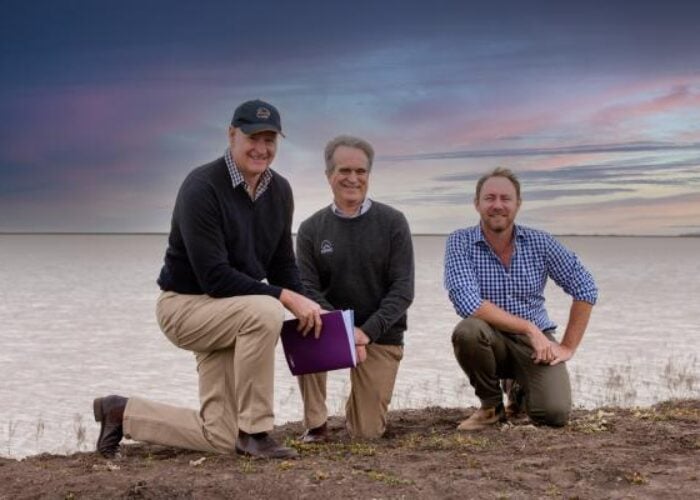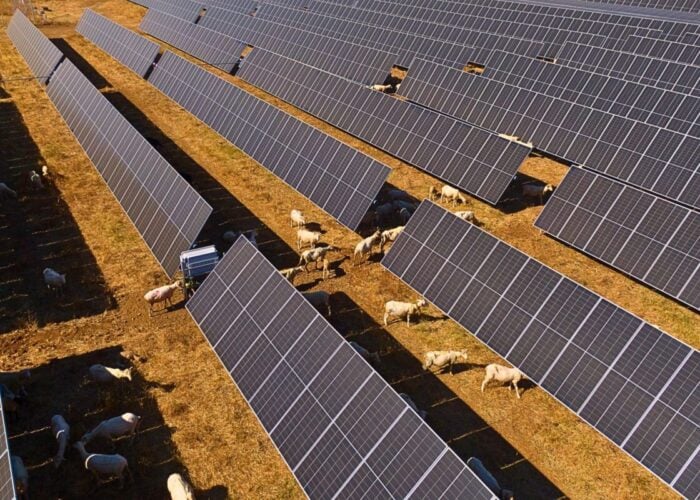
Spain has passed a regulation regarding the installation of floating solar PV (FPV) on reservoirs in the country.
Following today’s (9 July) council of ministers, the Spanish Ministry for the Ecological Transition and the Demographic Challenge (MITECO) passed a royal decree, relating to the installation of FPV projects on publicly or state-owned reservoirs, which are connected with existing grid connections in place.
Unlock unlimited access for 12 whole months of distinctive global analysis
Photovoltaics International is now included.
- Regular insight and analysis of the industry’s biggest developments
- In-depth interviews with the industry’s leading figures
- Unlimited digital access to the PV Tech Power journal catalogue
- Unlimited digital access to the Photovoltaics International journal catalogue
- Access to more than 1,000 technical papers
- Discounts on Solar Media’s portfolio of events, in-person and virtual
The regulation regarding the installation of FPV on public reservoirs comes over two years after MITECO put the decree to public consultation.
The royal decree has not made major changes from the initial issue, aside from setting a limit on the maximum amount of surface of water a PV project can occupy. Mesotrophic waters, those considered ‘clear water’, will have a maximum capacity of 5% of the reservoir’s surface; however this increases to 15% for eutrophic waters, those with a high biological presence.
Solar PV plants will not be installed in lakes, ponds or other water surfaces that have not been altered or are not considered artificial.
Awarded licenses are to be temporary, lasting no more than 25 years, either through the proposal of companies or through public auctions.
MITECO will also establish tracking policies to study the possible environmental impacts and to better understand how the technology works, however the ministry did stress it sees it as “beneficial not only for energy production but also for the environment”.
You can read here the press release from MITECO (in Spanish) for more information regarding the regulation of FPV on public reservoirs.
It remains to be seen if the list of public reservoirs available for FPV installations continues to be the same as two years ago. See below for a list published in 2022:
Last month, Spanish solar PV tracker manufacturer Soltec launched a new floating tracker designed for inland water bodies such as reservoirs and ponds. The new tracker features an east-west tracking system, similar to horizontal ground-based solar trackers, and what the company described as an “advanced naval design” that enables it to withstand the rigours of being located on water.







